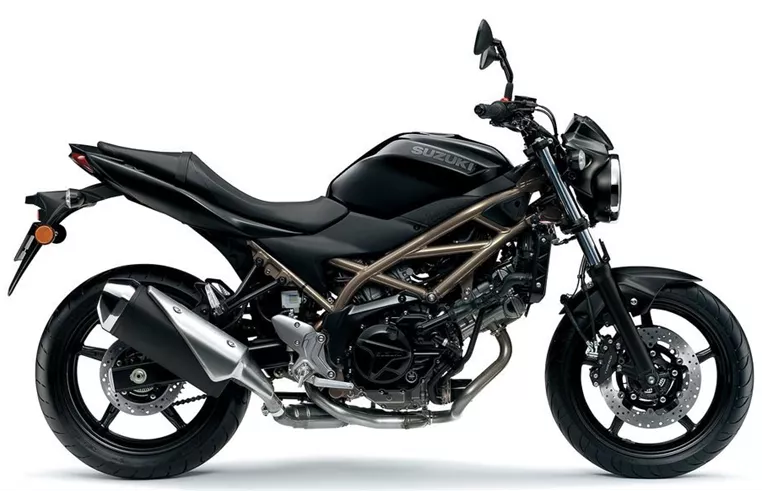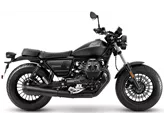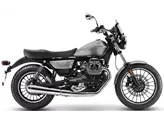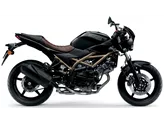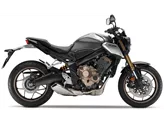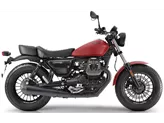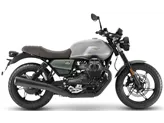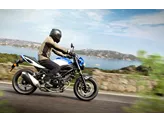Suzuki SV 650 2021 vs. Moto Guzzi V9 Bobber 2018
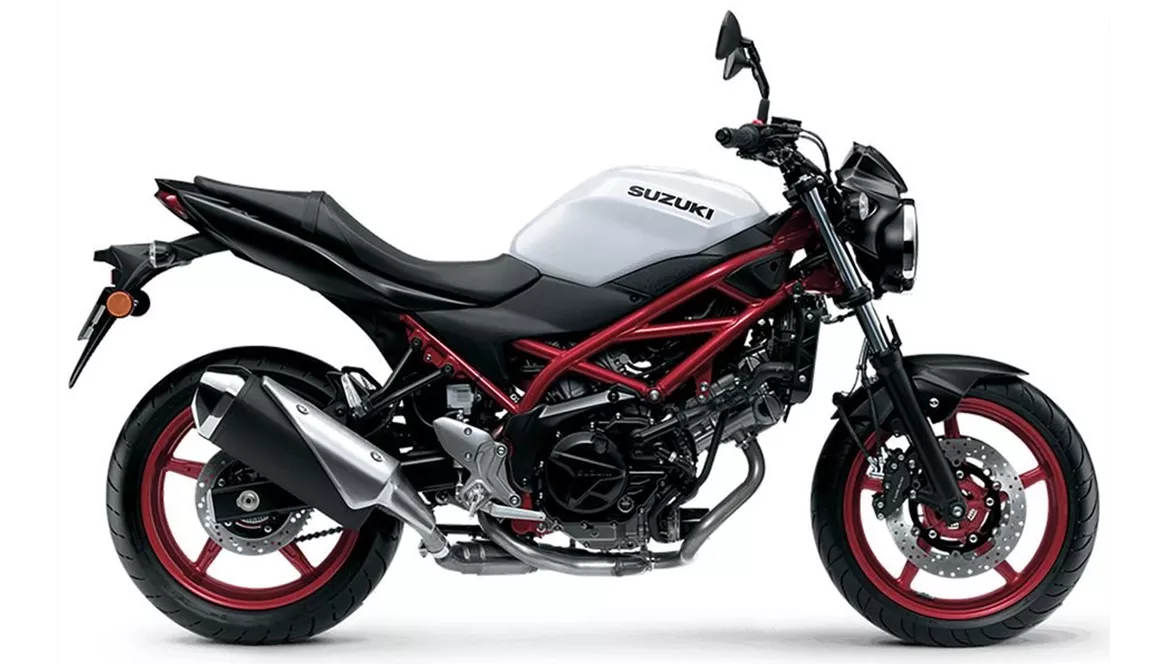
Suzuki SV 650 2021

Moto Guzzi V9 Bobber 2018
Vue d’ensemble - Suzuki SV 650 2021 vs Moto Guzzi V9 Bobber 2018
When comparing the Suzuki SV 650 2021 and the Moto Guzzi V9 Bobber 2018, it is important to consider their technical specifications and strengths and weaknesses.
Starting with the technical specifications, both bikes have a V-twin engine type and fuel injection systems. However, there are some differences in engine power and torque. The Suzuki SV 650 2021 has a more powerful engine with 73 HP and 64 Nm of torque, while the Moto Guzzi V9 Bobber 2018 has a slightly less powerful engine with 55 HP and 62 Nm of torque. In terms of engine displacement, the Suzuki SV 650 has a 645ccm engine, while the Moto Guzzi V9 Bobber has a larger 853ccm engine.
In terms of suspension, both bikes have a telescopic fork front suspension and a swing arm rear suspension with a monoshock. The rear suspension on both bikes can be adjusted for preload. The chassis of both bikes is made of steel, with the Suzuki SV 650 having a tubular frame and the Moto Guzzi V9 Bobber having a double cradle frame.
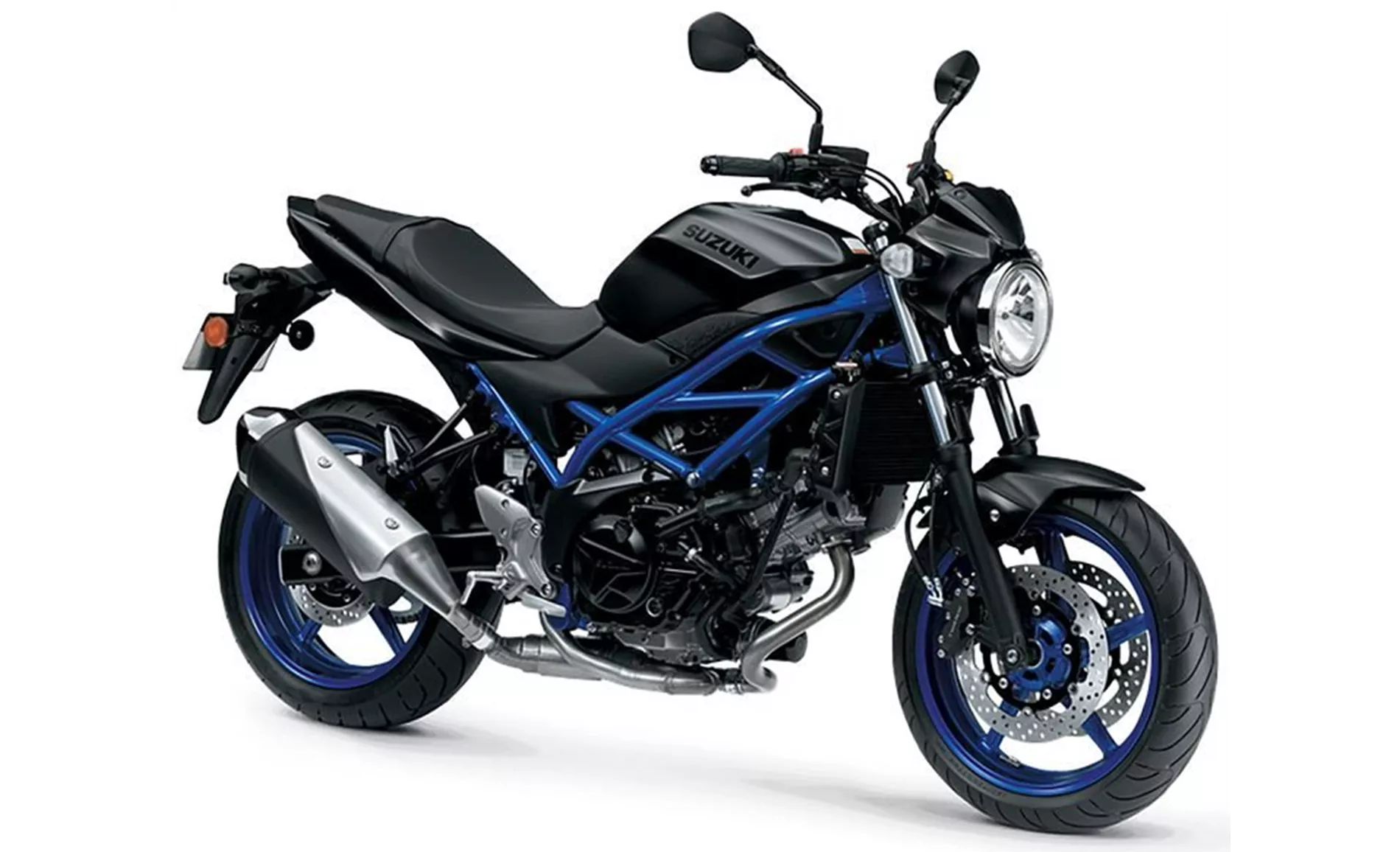
Suzuki SV 650 2021
When it comes to brakes, the Suzuki SV 650 has double disk brakes on the front with a diameter of 290mm and four pistons, while the Moto Guzzi V9 Bobber has a single disk brake on the front with a larger diameter of 320mm and four pistons. Both bikes have ABS as an advanced rider assistance system.
In terms of dimensions and weights, both bikes have similar front and rear tire widths and diameters. The Suzuki SV 650 has a slightly shorter wheelbase of 1445mm compared to the Moto Guzzi V9 Bobber's 1480mm. The seat height of the Suzuki SV 650 is slightly higher at 785mm compared to the Moto Guzzi V9 Bobber's 775mm. Both bikes have a kerb weight of 200kg with ABS and fuel tank capacities of 14.5l for the Suzuki SV 650 and 15l for the Moto Guzzi V9 Bobber.

Moto Guzzi V9 Bobber 2018
Moving on to the strengths and weaknesses of each bike, the Suzuki SV 650 2021 is praised for its confident V2 powerplant with character, stable chassis, comfortable seating position, easy handling, and timeless look. However, it is noted that the brake requires manual force, there are no electronics on board apart from ABS, and the instruments are moderately readable.
On the other hand, the Moto Guzzi V9 Bobber 2018 is praised for its cool look, cultivated engine, authentic appearance, brakes with good control and inconspicuous ABS, traction control, comparatively inexpensive price, decent lean angle clearance, and low-maintenance cardan drive. However, it is mentioned that the engine could be a little stronger.
In conclusion, both the Suzuki SV 650 2021 and the Moto Guzzi V9 Bobber 2018 have their own strengths and weaknesses. The Suzuki SV 650 offers a more powerful engine and a slightly smaller size, while the Moto Guzzi V9 Bobber has a unique and authentic appearance, along with traction control and a lower price point. Ultimately, the choice between the two will depend on individual preferences and priorities.
Caractéristiques techniques Suzuki SV 650 2021 par rapport à Moto Guzzi V9 Bobber 2018
Avantages et inconvénients en comparaison
Avantages et inconvénients en comparaison
Suzuki SV 650 2021
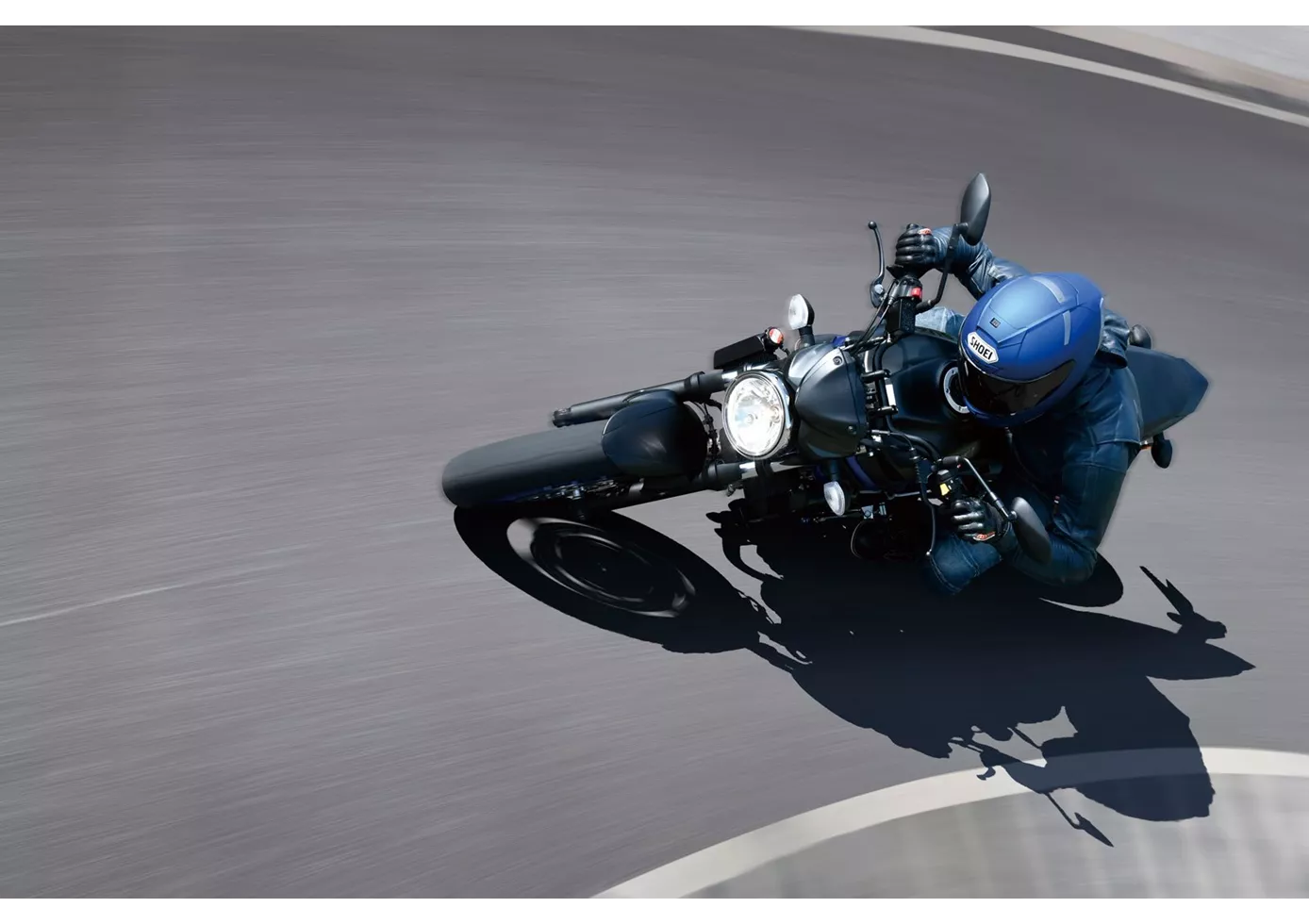
La Suzuki SV 650 n'a pas beaucoup évolué depuis cinq ans par rapport à son prédécesseur. Le moteur a été mis à jour selon la norme Euro5 et se présente désormais de manière encore plus adulte, ce qui lui permet de s'intégrer parfaitement au reste du package. La SV 650 ne veut effrayer personne, surtout pas les débutants. Le châssis donne une impression de solidité et de sérénité, le frein demande une bonne force manuelle pour éviter un surfreinage inattendu. L'optique est d'une part intemporelle, mais d'autre part vraiment un peu dépassée sur certains composants. En revanche, le prix est correct, comme d'habitude chez Suzuki.
Moto Guzzi V9 Bobber 2018

La V9 Bobber est un modèle absolument authentique, qu'il s'agisse d'une Moto Guzzi ou d'un Bobber. En effet, le moteur V2 typique, monté longitudinalement, avec ses cylindres inclinés vers le haut, est fièrement affiché et domine la ligne minimaliste qui devrait caractériser un Bobber. La roue avant, petite et large, est particulièrement réussie, tant visuellement que dans les épingles plus serrées. Avec ses 55 ch, le moteur ne se distingue certes pas trop de la série V7, mais grâce au faible poids de seulement 200 kilos, rien ne s'oppose à une conduite rapide. La position de conduite correspond également au style Bobber - on peut profiter de la conduite de cette machine noble et pas si chère que ça.
Comparaison des prix Prix moyen du marché Suzuki SV 650 vs Moto Guzzi V9 Bobber
There are a few key differences between a Suzuki SV 650 2021 and a Moto Guzzi V9 Bobber 2018. There are the same number of bikes of both models available on the 1000PS.de marketplace, specifically 13. It takes less time to sell a Suzuki SV 650 with 111 days compared to 159 days for a Moto Guzzi V9 Bobber. Since model year 2005 1000PS.de editors have written 25 reviews for the Suzuki SV 650 and 7 reviews for the Moto Guzzi V9 Bobber since model year 2016. The first review for the Suzuki SV 650 was published on 9/26/2008 and now has more than 14,200 views. This compares to more than 37,200 views for the first review on Moto Guzzi V9 Bobber published on 3/17/2016.
